Two major ice cream recalls have rocked U.S. grocery shelves this summer. From listeria concerns to plastic fragments, here’s what every ice cream lover should know.
1. Over 110,000 Cases of Ice Cream Bars Were Recalled in July

In a surprising turn of events, Rich’s Ice Cream had to recall more than 110,000 cases of its beloved ice cream bars this July. The fear of listeria contamination prompted this drastic measure, affecting a staggering 23 states. The sheer volume of recalled products left many consumers puzzled and concerned about the safety of their favorite treats. While the potential health risk is not something to ignore, no illnesses have been reported so far. The recall highlights the importance of food safety and rigorous quality checks in the manufacturing process.
2. The Recall Includes Classic Favorites
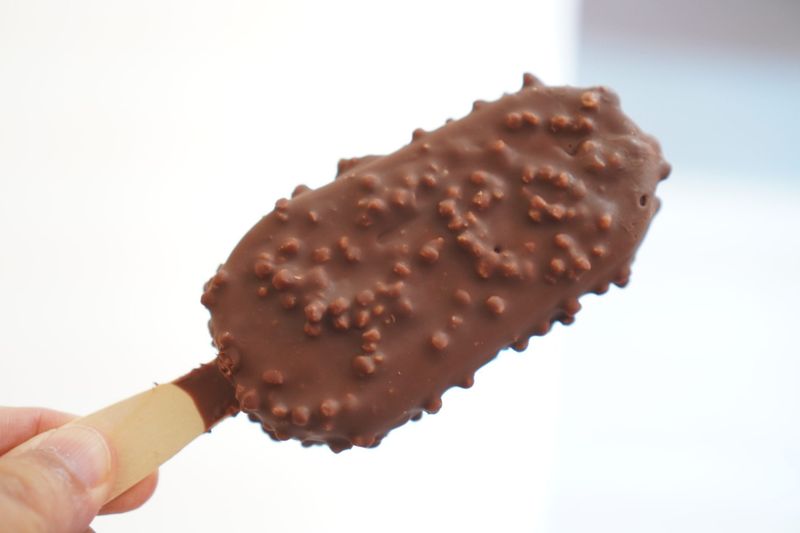
For those with a sweet tooth, this recall hits close to home. Classic favorites such as Chocolate Crunch Cake Bars and Strawberry Shortcake Bars are among those affected. These treats hold nostalgic value for many, making the recall feel personal. The widespread impact of such iconic products being pulled from shelves is a reminder of the serious nature of food recalls. It underlines the necessity for companies to maintain strict safety standards to ensure consumer trust and safety.
3. Listeria Is the Main Concern

Listeria monocytogenes, the bacteria at the center of this recall, poses a significant threat, especially to vulnerable groups. Pregnant women, the elderly, and those with weakened immune systems are particularly at risk. This bacterium can cause severe infections, emphasizing the gravity of the situation. Public health authorities have stressed the importance of vigilance and awareness. Understanding such risks empowers consumers to make informed decisions about their food, promoting a culture of safety and responsibility.
4. It’s a Class II FDA Recall
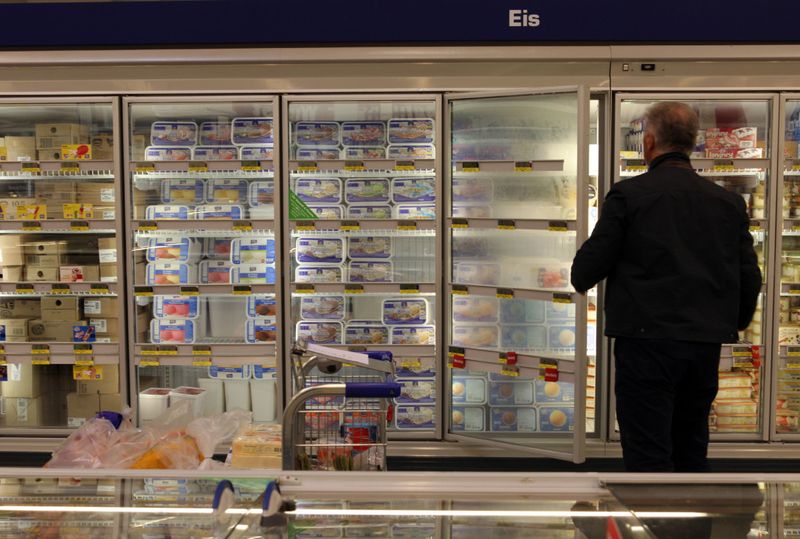
The classification of the recall as Class II by the FDA indicates a moderate level of concern. There’s potential for temporary or medically reversible health problems, but not life-threatening ones. This level of recall serves as a wake-up call for manufacturers to enhance their safety protocols. For consumers, it is a lesson in understanding the different levels of recalls and the associated risks. Being informed about such classifications helps in assessing the severity and guides actions accordingly.
5. This Isn’t the Only 2025 Recall

Interestingly, the Rich’s Ice Cream incident isn’t isolated. Earlier in May 2025, Wells Enterprises experienced a similar predicament, recalling 18,000 tubs of ice cream and frozen yogurt. Such instances highlight a growing concern in the industry regarding safety measures and quality control. With two major recalls in a short span, industry giants must reassess their strategies. The correlation between these events demands a review of the existing systems to prevent future occurrences.
6. Wells Products Had Plastic Fragments
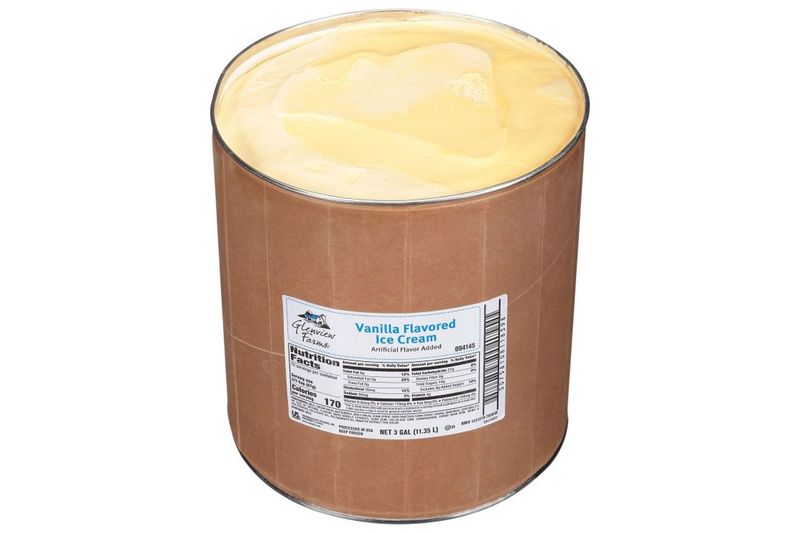
The May 2025 recall by Wells Enterprises was due to an unusual hazard—plastic fragments in their ice cream tubs. Such anomalies pose direct physical risks like choking or injury. It’s a stark reminder that quality assurance doesn’t only involve biological threats but also physical impurities. The vigilance required in manufacturing processes is immense, and this recall underscores the need for comprehensive safety checks. Consumers rely on companies to uphold these standards to prevent such dangerous slip-ups.
7. Major Brands Were Impacted
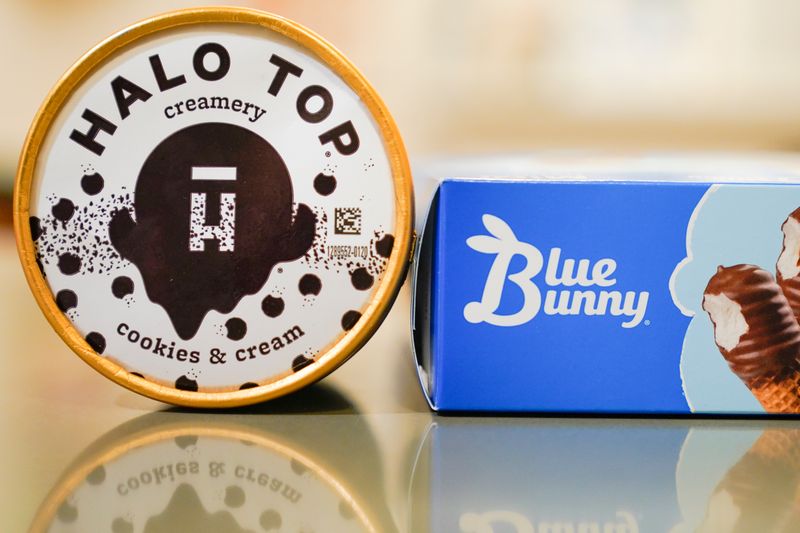
This recall didn’t just affect lesser-known brands but also giants like Blue Bunny and Halo Top, whose reputations were on the line. Their involvement in the recall shows that no brand is immune to these challenges. It serves as a reality check for both consumers and manufacturers about the vulnerabilities within the supply chain. Maintaining brand integrity while addressing such issues is vital for long-term trust and consumer loyalty. It is a testament to the complex nature of food safety in large-scale production.
8. Consumers Should Check Their Freezers

In the wake of these recalls, consumers are advised to scrutinize their freezers for affected products. Companies have provided detailed lot numbers and UPC codes online to aid this process. The guidance echoes the importance of awareness and proactive measures in ensuring safety. If there’s any doubt, it’s best to discard the product or contact the manufacturer for a refund. Such steps empower consumers to take charge of their well-being and emphasize the shared responsibility between producers and consumers.
9. No Major Illnesses Have Been Reported—Yet
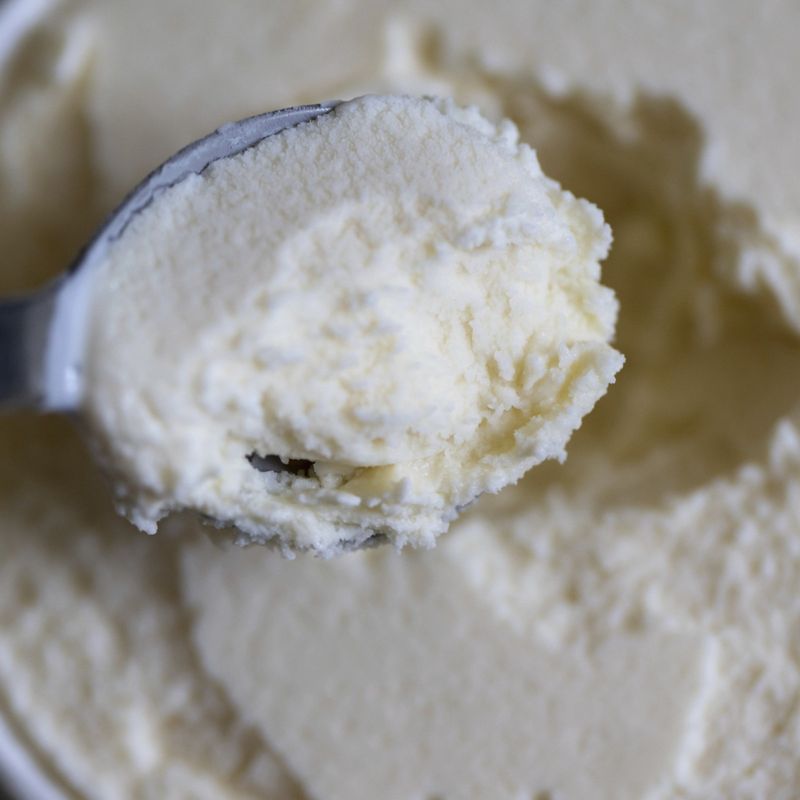
Thankfully, despite the recalls, there have been no major illnesses reported. This fact is reassuring but doesn’t negate the potential risks associated with contaminated products. It serves as a reminder of the importance of swift actions and communication from companies during such events. Transparency and accountability play crucial roles in managing consumer concerns and maintaining public trust. Continuous monitoring and updates from authorities ensure that any emerging threats are promptly addressed.
10. Recalls Serve as a Wake-Up Call

The recent ice cream recalls have reinforced the need for constant vigilance in food safety. From manufacturing to packaging, every step in the process must adhere to stringent quality standards. These incidents highlight the interconnectedness of the food industry, where a single oversight can have wide-reaching effects. Strengthening safety protocols and fostering a culture of accountability are crucial in preventing future recalls. The lessons learned from these events are invaluable for consumers and producers alike.



